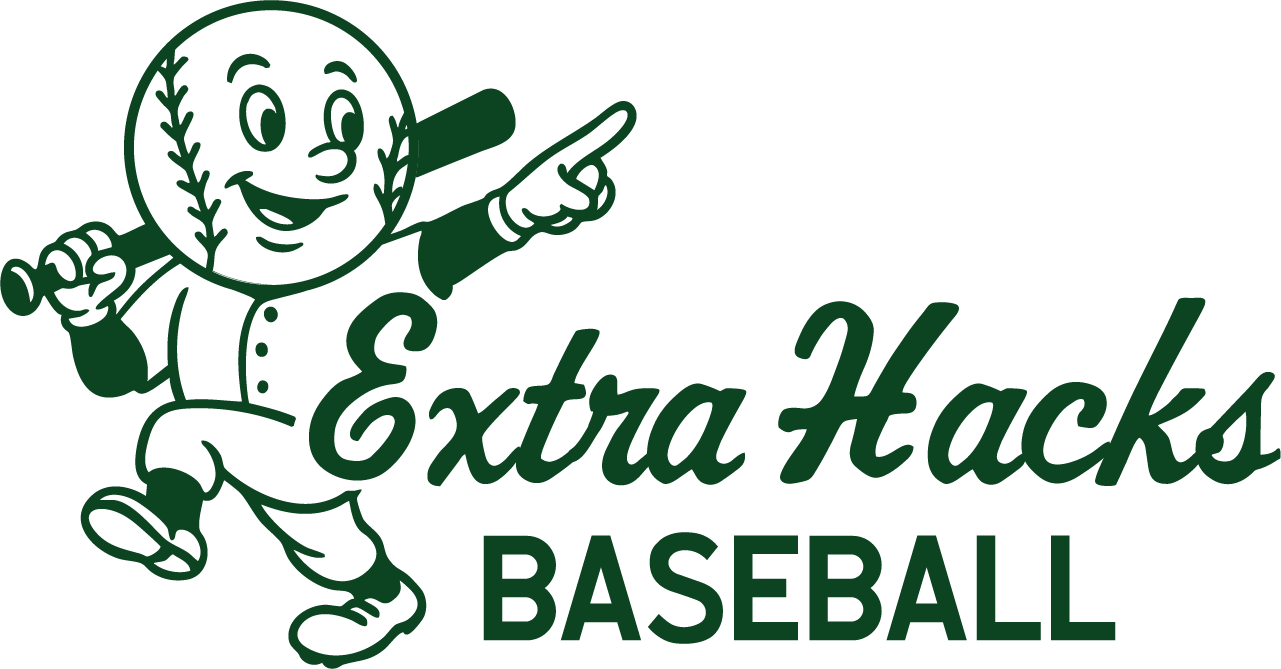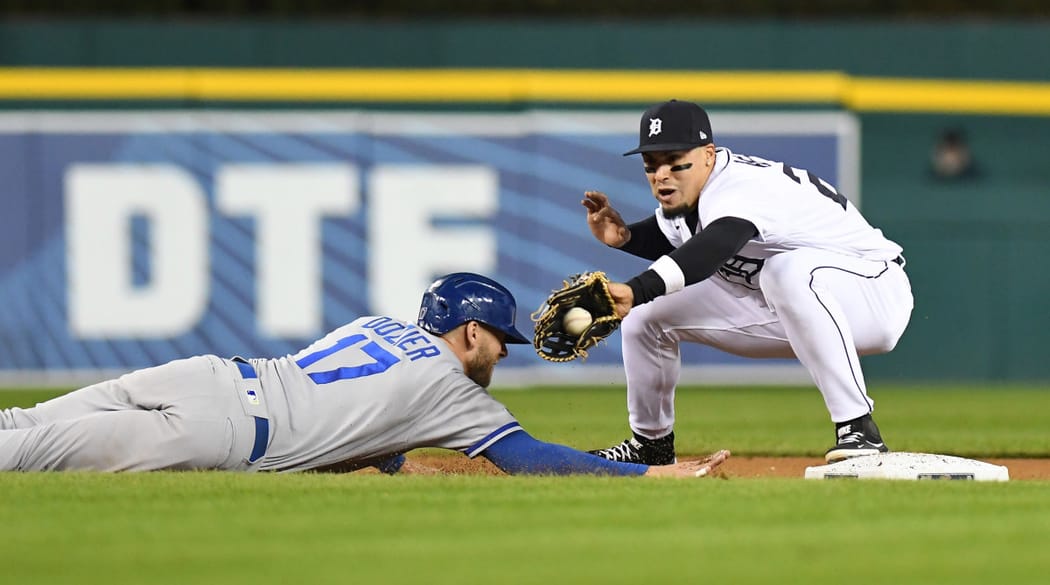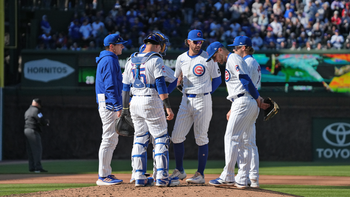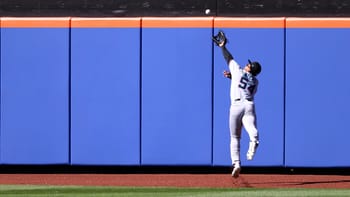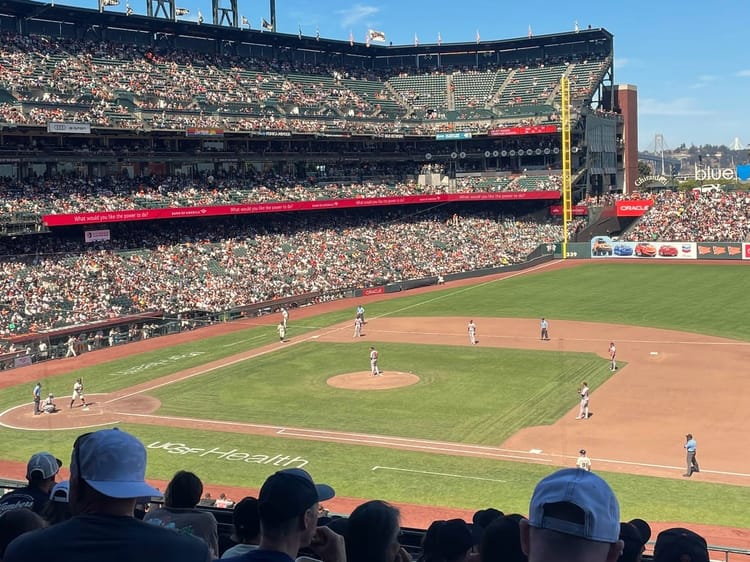Holding the Run Game
I know all you pitchers think that you're on the road to a 97 mph fastball and will never allow a baserunner, but that's not the reality. If you are truly DOMINANT (meaning striking out double digits every game) you might be able to get away with not controlling the run game through high school. But as soon as you get to college, guys are going to find a way to get on base. If you have no clue how to keep a single from turning into a triple because every baserunner is running all over you, you won't pitch. May as well learn how to do it before you get that fastball😄.
The Inside Move - What is It?
If you already know what this is, then skip ahead. For our younger players and parents an inside move is a pick off play at 2nd base. Specifically the one where you see the pitcher lift his knee like he's going to pitch the ball. Instead of throwing the ball to home plate, he spins inside toward 2nd base, potentially to pick off the runner at 2nd. It looks like this:
Why It's Run
There are two main reasons to run an inside move. I know I just told you it's a "pickoff play", but it's normally not run to pick someone off. It's normally run to try and check if the hitter is bunting in a bunt situation (1st and 2nd, 0 outs or 2nd, 0 outs). By picking up your leg, the hitter thinks you're going to pitch and may tip his hand by showing a bunt. This is exactly how that is executed:
The other reason is to genuinely try and pick a guy off. This works best with ultra aggressive baserunners. Normally how an inside move will get a baserunner picked off is he'll extend his lead when the pitcher looks back to home plate. If the pitcher then waits a couple seconds, picks up his leg, the runner takes off and then ends up being caught in a rundown. I wrote up a scenario that we used this in here - Live Game Lessons - Executing a Mound Visit. It will look like this:
Trivino vs. Durbin, Top 6, Runners on 1st and 2nd, 0 outs
How to Run
Pitcher Responsibilities
The first and most important note when running an inside move is that the pitcher DOES NOT NEED TO THROW THE BALL TO 2nd. You can spin inside and just hold the ball if there is no play. In fact, more times than not, you're probably going to hold it.
Next, as the pitcher, you need to make it look as similar to a pitch to home plate as possible. You can work on that in a mirror to try and make them look as close as possible.
Now this should always be a long hold and then pick. You should not come set and then spin right away. If the hitter is bunting, he might square even before you pick up your leg and we already have our intel. Also, if we're worried about the baserunner ambush stealing, we want to allow him time to extend his lead before we pick up our leg.
Last, you should be looking at home plate when you pick up your leg. If you're looking at the baserunner, he knows your attention is on him.
Middle Infield Responsibilities
If you know the pitcher is running an inside move, you want to be way back, "playing defense" and not holding the runner. We're trying to bait the runner into extending his lead. As soon as your pitcher lifts his leg, either the 2nd baseman or shortstop can break to the bag.
Final Notes
A good baserunner is going to try and steal 3rd with his eyes in on the pitcher. What we teach baserunners to do if they're stealing and the pitcher runs an inside move is to try and get back to 2nd. We'll go into that when we talk about stealing 3rd base, but as pitchers you need to make sure you may need to get used to hitting a middle infielder on the run. This is a play that can help get your team out of a jam when you're looking for any out possible.
